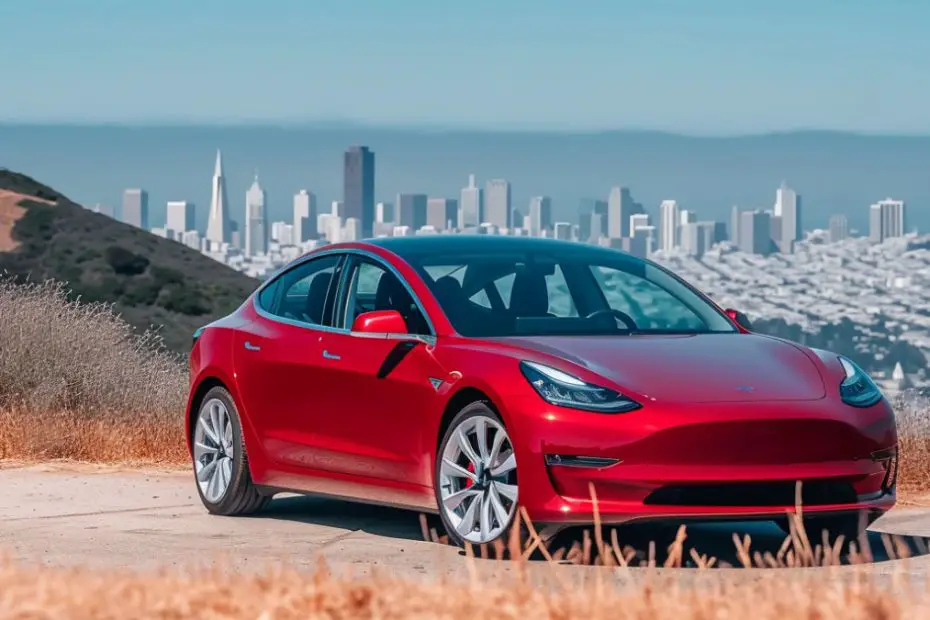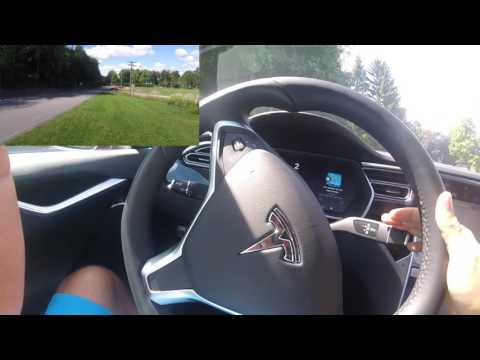Many Tesla owners around the world have been confused by the message on their dashboards: “regenerative braking features temporarily limited.” The number of inquiries increases as the community grows. Many users want to know why this restriction occurs and how to work around it.
So, what does Regenerative Braking Features Temporarily Limited mean? When this message appears, it indicates that the regenerative braking system is operating at a reduced capacity.
Tesla has updated this message to provide more clarity, now stating “limited deceleration when the accelerator is released.” OK to drive – use the brake pedal as needed.” This article will explain more about regenerative braking limitations, why this message pops up, and how to fix it.
What Does “Regenerative Braking Features Temporarily Limited” Mean?
You may be perplexed when you see this message displayed on your Tesla’s interface. But do not panic; it only signifies a momentary restriction imposed on the regenerative braking system.
The regenerative braking system has been carefully constructed to recover and convert kinetic energy into electrical energy during deceleration. This contributes to the vehicle’s overall efficiency and sustainability.
When this message surfaces, it signals that the regenerative braking system is operating at a reduced capacity or has been temporarily constrained.
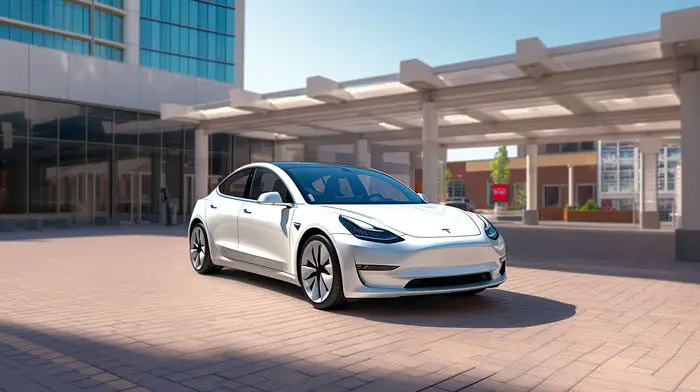
Note that this limitation is not a malfunction but a protective measure implemented by your vehicle to adapt to specific conditions. This ensures the optimal functioning of the vehicle.
As mentioned, Tesla has refined the message for enhanced clarity. The updated message now reads “Limited Deceleration When Accelerator Is Released. OK to Drive – Use Brake Pedal as Needed.”
This revised wording gives users a more specific directive on navigating through the temporary limitation. It reassures drivers that it is safe to continue driving while emphasizing using the brake pedal when additional deceleration is required.
Causes Of Regenerative Braking Features Temporarily Limited
Here are the various scenarios that may cause this limitation in Tesla vehicles. We have also provided practical solutions to address each specific cause.

1. Battery Is Too Cold
A cold battery is one of the most common factors that cause the temporary limitation of a Tesla’s regenerative braking features. The efficiency of regenerative braking is intricately linked to the temperature of the vehicle’s battery.
The primary reason for this limitation is the nature of lithium-ion batteries, which power most Tesla vehicles. These batteries work best when temperatures are between 20°C and 30°C (68°F and 86°F).
Outside of this range, the chemical reactions within the battery slow down. The change in battery function will temporarily reduce regenerative braking power.
Solution
- Whenever possible, park your car in a sheltered or heated area. This reduces the impact of cold temperatures on the battery and allows it to warm up gradually.
- Use the preconditioning feature to warm up the battery before embarking on your journey. In Tesla cars, this can be done via the Tesla app or the vehicle’s touchscreen. Pre-conditioning ensures that the battery reaches an optimal temperature, improving regenerative braking efficiency.
2. Battery Is Full
When your Tesla’s battery reaches its maximum capacity, it initiates a protective measure by temporarily limiting the regenerative braking system. Many drivers will want to charge their battery to the fullest to avoid running out of power in the middle of a long journey.
However, charging the battery beyond 80% reduces the efficiency of the regenerative braking system and even your battery. At full capacity, these batteries are unable to accept additional energy from the regenerative braking system.
As a result, using the regenerative brakes when the battery is full will have no effect. This is because there is no space for the battery to store the regenerated energy.
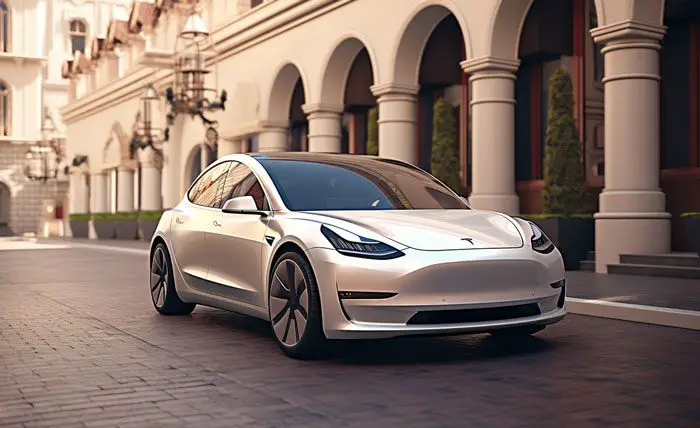
Solution
Instead of charging your Tesla’s lithium battery to 100%, leave a 10-20% buffer room. This will help let the regenerative braking power kick in.
3. Winter Tire Tread Designs
Many Tesla users frequently enjoy tailoring their vehicle setups to the current weather conditions. If you have fitted your car with winter tires with assertive tread designs, you may notice a temporary reduction in regenerative braking power.
Solution
To address this, many Tesla experts advise changing the tires to revitalize the regenerative braking functionality. The vehicle will go through an automatic recalibration process after some moderate straight-line torque acceleration.
In some cases, this recalibration occurs naturally after a brief period of regular driving.
4. Too Much Energy Charge
This situation frequently occurs during high-speed driving. When abrupt braking events, such as sudden stops, happen, they overload the battery with an excess of electrical charge. To avoid overloading the battery, regenerative braking is temporarily disabled, and mechanical braking systems take over.
This strategic transition ensures that the electrical charge generated during high-speed braking does not compromise the battery’s integrity.
Solution
Avoid abrupt braking and practice a smoother driving style. Gradual deceleration contributes to a more controlled energy recuperation process. This prevents excessive electrical charge accumulation.
5. Using “Hold Mode”
This mode is especially useful when driving downhill because it prevents the vehicle from accelerating when you release the accelerator pedal. When enabled, Hold Mode temporarily suspends the regenerative braking feature.
Solution:
Deactivate Hold Mode when driving conditions permit. This can be done through the vehicle’s settings or touchscreen interface, allowing the regenerative braking system to resume its optimal function.
Here is a video explaining “Hold mode.”
6. Pending Software
Tesla vehicles receive software updates regularly to improve performance, add new features, and address potential issues. The regenerative braking system may be temporarily limited while a software update is pending or being installed.
Solution
Regularly check for and install any available software updates through your vehicle’s software settings. If there is a new software version, it will be displayed on the screen along with release notes detailing the changes and improvements.
Select the “Install” or “Download” button. The system will begin downloading the update. This may restore the regenerative braking features.
7. Worn Car Tires
As tires wear down, the tread depth decreases, reducing the overall contact area with the road. Regenerative braking is based on the friction created between the tires and the road surface.
Worn tires with reduced tread depth may have a reduced ability to provide the necessary traction. This results in a temporary limitation in regenerative braking capabilities.
Solution
Regularly inspect your car’s tires for signs of wear, cuts, punctures, or bulges. Pay close attention to the tread depth and make sure it meets the recommended specifications. If your tires are worn beyond the recommended tread depth, consider replacing them right away.
Other Signs of Identifying Limited Regenerative Braking Features In Tesla
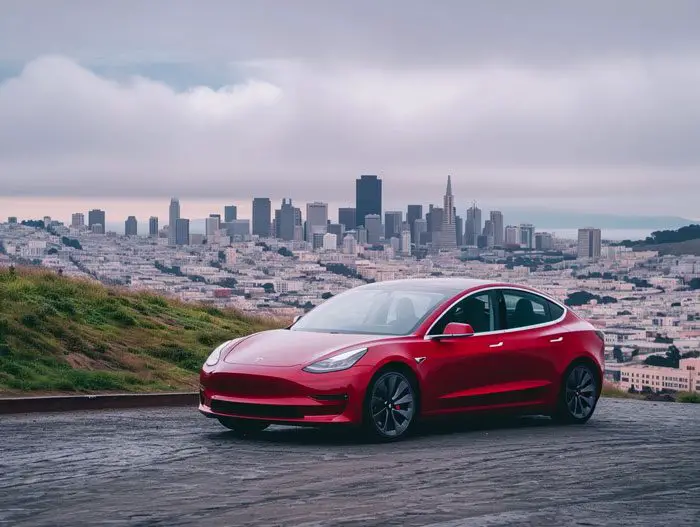
Here are indicators to help you identify when regenerative braking may be limited:
Blue Snowflake Icon on the Screen
A blue snowflake icon appears on the screen during the winter or cold weather. This indicates that the battery has become too cold, dropping below the optimal temperature for regenerative braking.
After a few minutes of driving, the blue snowflake icon will disappear. This indicates the battery has warmed up, and the regenerative braking functionality has been restored.
Observing the Power Line:
Examine the power line displayed on your screen, a feature unique to Tesla vehicles. Look for green dots on the left side of the thin energy bar on the screen; their presence indicates that regenerative braking has been disabled. The more dots you see, the less regenerative power you have.
FAQs
Here are some other related questions regarding the “regenerative braking features temporarily limited” issue.
Older Tesla models allow drivers to adjust the regenerative braking strength. The settings typically include options such as “Standard” or “Low,” allowing you to tailor the regenerative braking strength to your driving preferences.
However, the new model from 2022 comes with a default setting that now prevents drivers from adjusting the regenerative braking settings.
Yes, overuse of regenerative braking, particularly in aggressive driving conditions such as abrupt stops, can result in a temporary limitation of the regenerative braking system. The vehicle takes preventive measures, and if the system detects excessive use, it will alert the user.
The time it takes for regenerative braking to be fully restored after limitations vary depending on the specific cause of the limitation. In some cases, such as when the battery is too cold or when exiting Hold Mode, regenerative braking will be restored after a few minutes of normal driving.
The restoration time for issues involving a fully charged battery or software updates may take a few hours.
Conclusion
The message “regenerative braking features temporarily limited” in your Tesla should not cause concern. Rather, it indicates that the system is adapting to specific conditions.
You can ensure that your vehicle’s regenerative braking works properly by understanding the causes and implementing the solutions suggested in this article.
Drivers can expect continued improvements in regenerative braking performance as Tesla software capabilities evolve. Tesla continues to demonstrate dedication to providing a user-centric driving experience.
Some of the ways they do this are by staying up to date on software updates and making regenerative braking the default setting.
